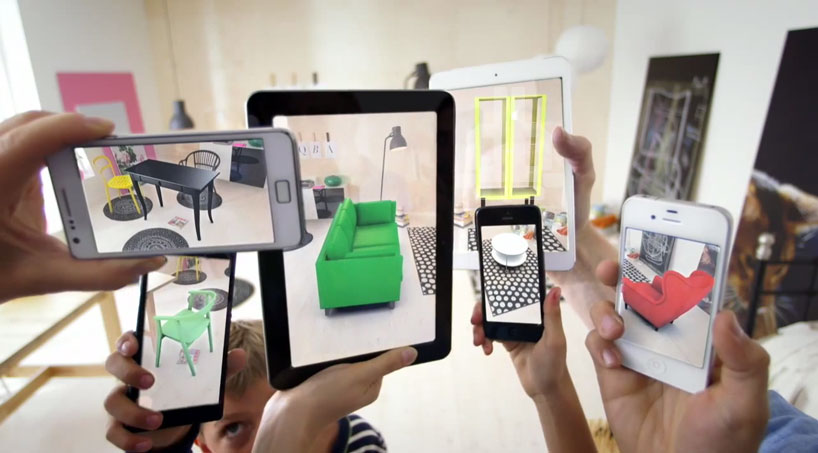
Augmented reality will reinvent our industries and create new ways of working and playing. Image: OyundariZorigtbaatar/creative commons.
Augmented Reality (AR) now is where the Web was several decades ago — on the cusp of mainstream adoption and brimming with potential. It’s hard to imagine our lives now without the Internet, and in a couple of decades Augmented Reality could be just as embedded in our lives as the World Wide Web.
So what exactly is AR? It’s the convergence of our digital and physical worlds. It means we no longer need to look at a screen to access information. Through a device like our smartphones, or smart glasses, we can look at data or computer-generated enhancements layered on top an existing reality, or physical environment. On the other hand, Virtual Reality (VR) is a computer-generated simulation of an environment.
These innovative technologies will change the way we interact with digital systems every day in our work and at home. AR and VR have already been embraced across retail, construction, manufacturing and of course, entertainment. (Pokemon Go, anyone?). But we’ve barely scratched the surface of what’s possible.
To put this into perspective, one estimate suggests that overall total spending on AR/VR products and services will increase from US$11.4 billion in 2017 to nearly US$215 billion in 2021, some US$30 billion of which will be due to sales of AR headsets alone.
At Data61, we’re working on projects to enable emergency responders to ‘beam in’ to help administer first aid, to allow maintenance workers to interact directly with smart buildings, and tap into vast catalogues of 3D data.
Now, we’ve launched a new Immersive Environments Lab, which will allow researchers to develop new interactive computer graphics and computational imaging services, which will redefine industries including retail, agriculture, manufacturing, health and construction.

Demonstrating the new hololens tech.
A purpose-built facility for applied research into augmented and virtual reality, the Immersive Environments Lab features a fleet of wearable holographic computing devices, spatial cameras, 3D object scanners, haptic (virtual touch) displays, interactive projection mapping stages and motion capture rigs.
The building that houses our Lab contains a cloud-based smart glasses system, developed by Data61, that displays historical and real-time energy usage data overlaid directly on the appliances consuming the energy. It is an indication of what is possible in smart buildings of the future.
“We’ve also developed an application for the Powerhouse Museum that uses our multi-user AR techniques,” said Mr Matt Adcock, Senior Research Engineer and Experimental Scientist at Data61.
“A tour guide is able to share a virtual holographic experience with a tour group through smart glasses. While the tour guide controls the general narrative, and the holograms appear in exactly the same place to everyone, each individual can investigate specific aspects of the museum objects for themselves. This is a whole new way of collaboratively experiencing museum collections.”
Data61 is already working on AR projects related to health, future cities, education, agriculture and manufacturing, to name a few. The Immersive Environments Lab will facilitate collaboration between industry, government and universities to place Australia at the forefront of this next wave of technology which will reinvent our industries and create new ways of working and playing.
Want to take a deeper view?
Find out more about our Immersive Environments Lab and Augmented Reality work.


14th July 2020 at 4:57 pm
CSIRO ,it’s trusted from way back for it research
Pingback: Augmented Reality: There is more – Felicia Boedisoesilo
16th May 2018 at 1:10 am
No image credits.
21st May 2018 at 2:56 pm
Hi there, Richard
The first image is creative commons (which we’ve now credited), and the second image was our own, which we often don’t credit.
Thanks very much,
Jesse
Social media team